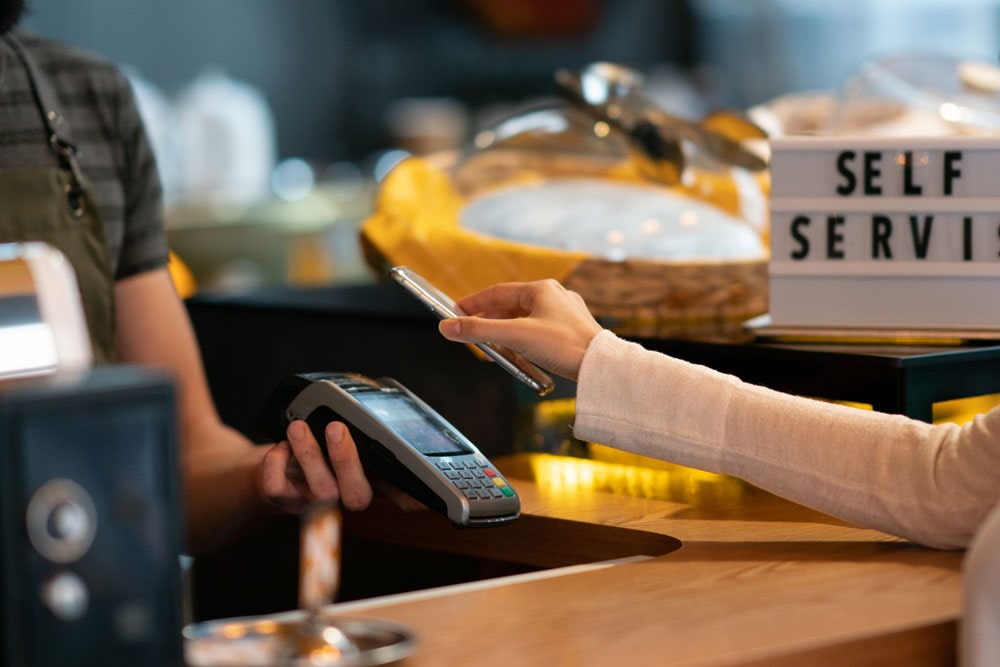Q: Should I consider zero-contact payment methods for my pizzeria?
A: That’s a good question. This is a hot new topic, so let’s dive into the issues.
According to the National Institutes of Health, the coronavirus can live on plastic, such as credit cards and payment terminals, for up to three days. For this reason, many counties now mandate that merchants disinfect payment terminals, pens and styluses after each use or offer contactless payments.
Until now, contactless payment was expensive to deploy or required a new point-of-sale system. Furthermore, many so-called “contactless-capable” terminals still require touching germ-spreading buttons, dongles and signature screens.
Fortunately, there are now zero-contact payment solutions that can be deployed with every POS system for retail, drive-through, curbside and pickup. Pizzerias can even send customers a “pay link” via built-in SMS rather than take credit card information over the phone. This approach is faster and more secure while allowing guests to pay for orders from home or outside of a store before arrival. Tipping is also supported across all zero-contact usage scenarios.
These solutions cater to the independent pizzeria, offering caller ID integration, intelligent driver management, online store and DoorDash integration, and customer configuration for specials and variable topping prices.
However, implementing any solution without measurement of your ROI is wasteful. You need to have a system to measure results: “Test and measure results” should be your mantra.
Don’t be afraid to fail, but do your research, too. Take the time to clearly determine how you will measure the costs of the proposed solution, including an allocation for indirect overhead associated with it, such as labor and other fixed resources. Interview other restaurateurs who have implemented that solution or a similar one and question them about their process and results—what you learn from them will increase your chance of getting your money’s worth from the technology. Develop a budget and stick to it. Additional costs always creep into any new solution due to unforeseen circumstances. You must track your results, particularly on costs as compared to new sales generated.
Finally, make sure to establish a communications channel to report your results to others on your team. Manage expectations and explain deviations from expected results. Be fully accountable to your team and accept responsibility both for successes and failures. Your brand and customers are looking to you as a leader during these times, and you need to deliver measured results.













